From Provence with Love: What’s Really Inside Herbes de Provence?
If you've ever wandered into a French kitchen (or just flipped through a fancy cookbook), chances are you’ve heard of herbes de Provence. But what exactly is this fragrant mix, and why does it make even the simplest dishes sing like a Parisian jazz band? Let’s dive into the world of these beloved herbs — their origins, ingredients, and how to use them like a pro.
Table of Contents
- What’s Inside Herbes de Provence?
- The Origins: A Taste of Southern France
- Store-Bought vs. Homemade: Which Should You Choose?
- Pro Cooking Tips Using Herbes de Provence
- Regional Variations Across France
- Spice Pairings: Herbes de Provence Goes Global
- Why This Blend Matters in Modern Kitchens
What’s Inside Herbes de Provence?
The beauty of herbes de Provence lies in its simplicity — and flexibility. While there’s no one official recipe, most versions include a blend of dried herbs that evoke the sunny hillsides of southern France.
Traditional Ingredients:
- Thyme – Earthy and floral
- Rosemary – Woody and intense
- Marjoram – Sweet and delicate
- Oregano – Pungent and bold (sometimes included)
- Savory – Peppery and slightly bitter
- Lavender – Divisive, but classic in some blends
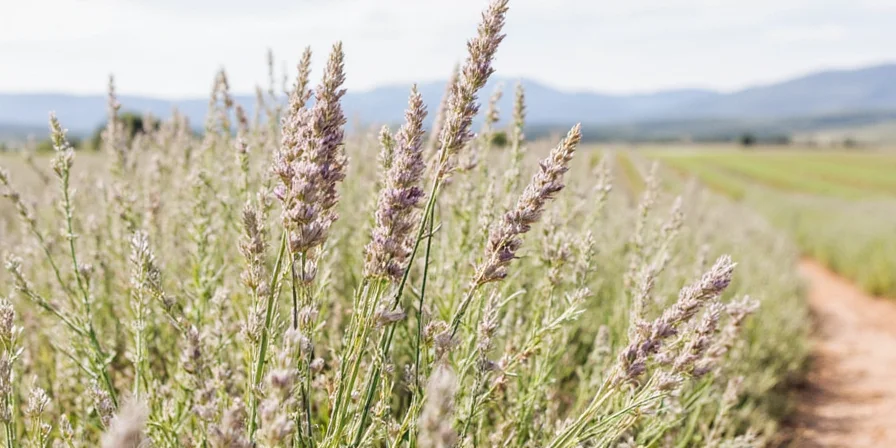
| Herb | Flavor Profile | Best For |
|---|---|---|
| Thyme | Earthy, minty, slightly citrusy | Roasts, stews, tomato sauces |
| Rosemary | Woody, pine-like, aromatic | Meat rubs, bread, potatoes |
| Marjoram | Mild, sweet, slightly citrusy | Vegetables, egg dishes, mild cheeses |
| Lavender | Floral, perfumed, slightly camphor-like | Desserts, marinades, herb oils |
The Origins: A Taste of Southern France
Like many spice blends, herbes de Provence was born out of necessity and terroir. The sun-drenched region of Provence has long been known for its aromatic wild herbs growing freely in rocky soils. In the 1970s, spice merchants began bottling the mix to sell nationally and internationally, turning it into a global pantry staple.
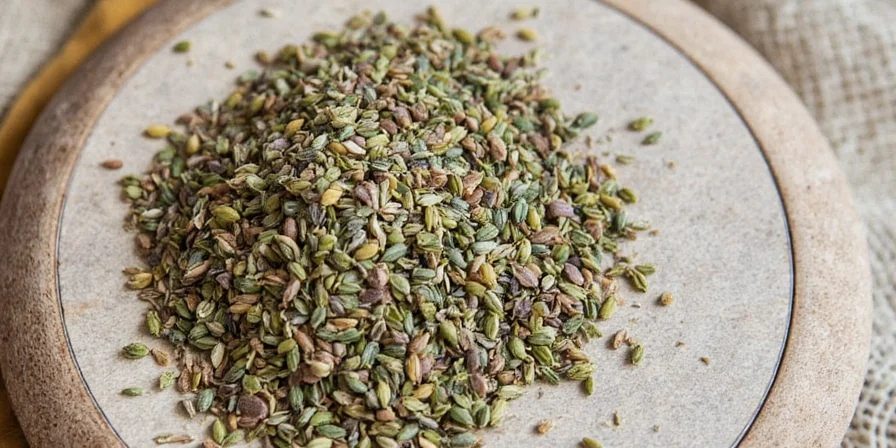
The idea was simple: capture the essence of a Provençal garden in a jar. And while traditional blends are rooted in local flora, modern variations have taken creative liberties — sometimes adding basil, fennel, or even orange peel.
Store-Bought vs. Homemade: Which Should You Choose?
While store-bought blends offer convenience, making your own can be more rewarding — both in flavor and creativity. Here's how to choose wisely:
| Option | Pros | Cons |
|---|---|---|
| Store-Bought | Convenient, shelf-stable, consistent | May contain fillers or preservatives; less customization |
| Homemade | Fresher, customizable, fun to make | Takes time and planning; requires quality dried herbs |
How to Make Your Own Herbes de Provence:
- Dry your favorite herbs thoroughly or purchase high-quality dried versions.
- Mix in equal parts (or adjust to taste): thyme, rosemary, marjoram, savory, and optionally lavender.
- Store in an airtight container away from light and heat.
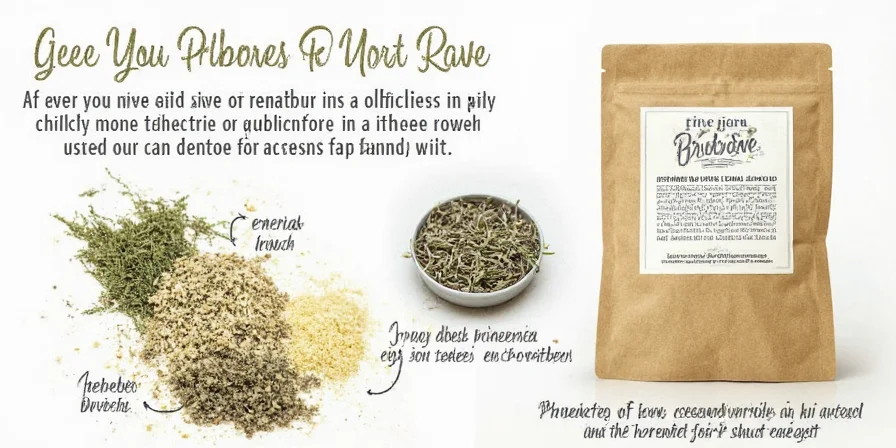
Pro Cooking Tips Using Herbes de Provence
Ready to season like a true Provençal chef? Here are some clever ways to bring this blend into your daily cooking:
- Season roasted vegetables – Toss carrots, zucchini, or potatoes with olive oil and a generous pinch of herbes de Provence before roasting.
- Infuse olive oil – Add a spoonful to a bottle of extra virgin olive oil and let sit for a week for a fragrant finishing oil.
- Rub for grilled chicken or lamb – Mix with garlic and lemon zest for a flavorful dry rub.
- Add to bread dough – Stir into focaccia or pizza crust recipes for a rustic, herby note.
- Boost canned tomatoes – A pinch goes a long way in transforming pasta sauces or soups.
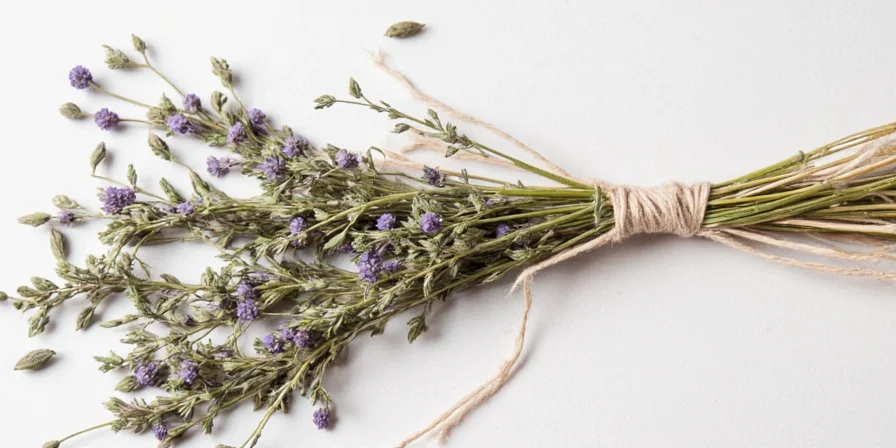
Regional Variations Across France
You might be surprised to learn that not all herbes de Provence are created equal. Depending on where in France (or the world) you get your blend, the contents may vary quite a bit:
| Region | Typical Additions | Common Uses |
|---|---|---|
| Provence (Classic) | Thyme, rosemary, marjoram, savory, lavender | Grilled meats, ratatouille, stews |
| Languedoc | Fennel seeds, oregano | Pork dishes, sausages |
| Bordeaux | Basil, tarragon | Fish, poultry, creamy sauces |
Spice Pairings: Herbes de Provence Goes Global
Don’t feel limited by geography! While traditionally used in Mediterranean cuisine, herbes de Provence can play nicely with spices from around the world:
- Cumin – Adds warmth and depth; great in spiced lamb dishes.
- Paprika – Smoky or sweet varieties complement the herbal notes beautifully.
- Ancho chili powder – For a gentle kick and rich color in vegetable dishes.
- Lemon zest + sumac – Brightens up the earthiness, perfect for salads and fish.
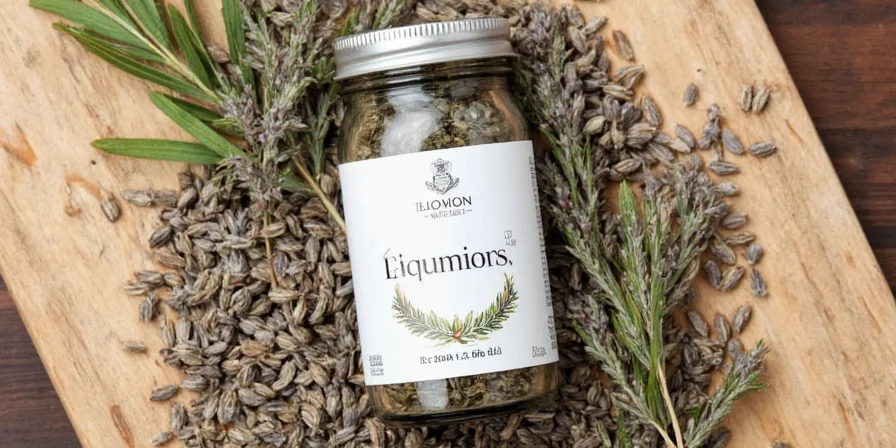
Why This Blend Matters in Modern Kitchens
In today’s fast-paced culinary world, herbes de Provence serves as a reminder of slower, more intentional cooking. It brings together flavors that speak of tradition, terroir, and time-tested pairings. Whether you're grilling, baking, or just throwing together a quick dinner, this blend can add instant sophistication without requiring hours of prep.
Think of it as your kitchen’s version of a vintage Chanel jacket — timeless, elegant, and always appropriate.
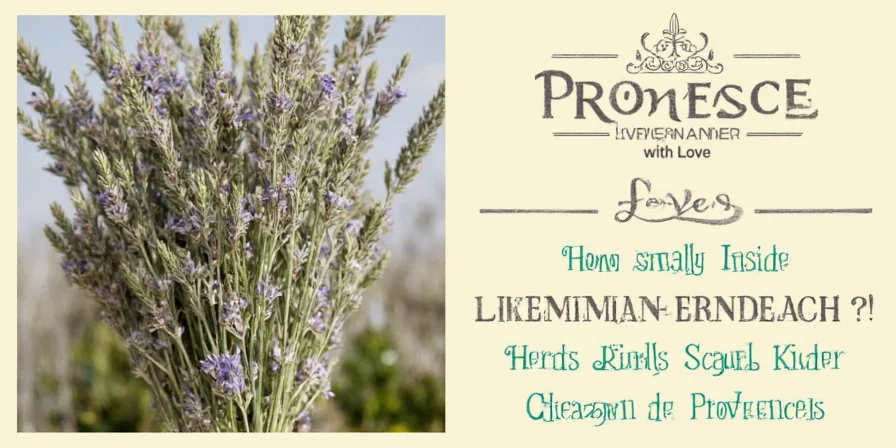
Conclusion
So what’s really inside herbes de Provence? A little magic, a lot of tradition, and a whole bunch of flavor. Whether you buy it off the shelf or mix your own custom blend, this herb combination deserves a permanent spot in your spice rack. Use it boldly, experiment freely, and don’t forget to enjoy every bite along the way.
Now go forth and season with confidence — your next meal is about to smell like the south of France.

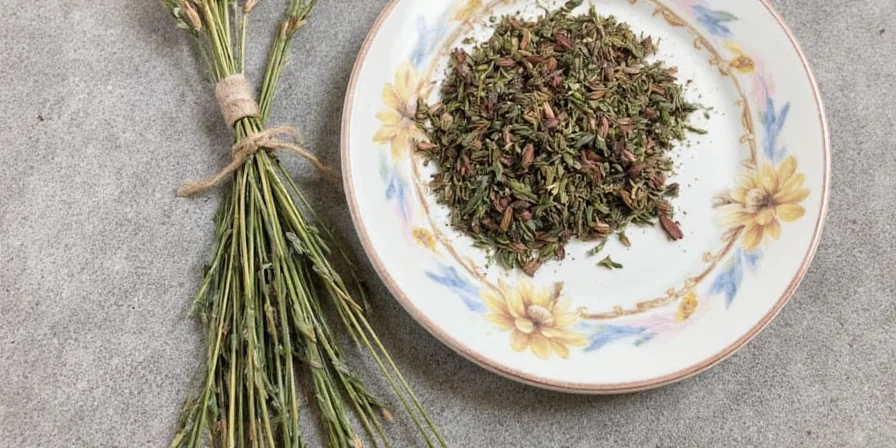









 浙公网安备
33010002000092号
浙公网安备
33010002000092号 浙B2-20120091-4
浙B2-20120091-4